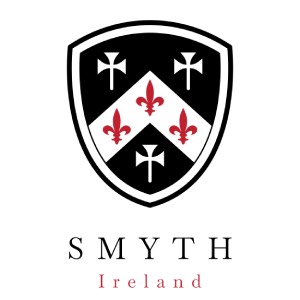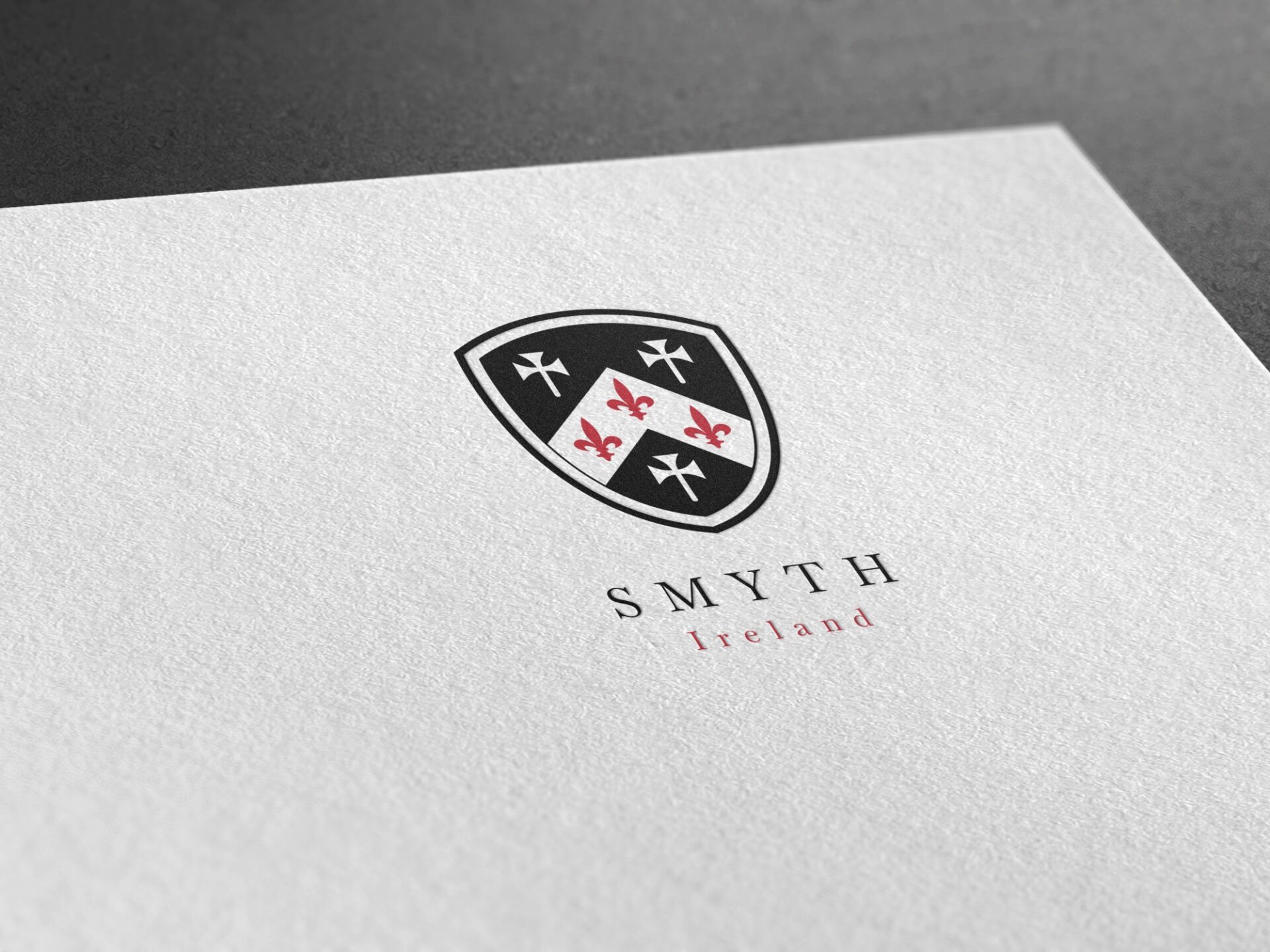The Smyth family name, commonly anglicized from the Irish “Mac an Ghabhainn,” meaning “son of the smith,” holds a deep historical and cultural significance in Ireland. The name’s origins are embedded in the skilled trade of blacksmithing, a profession indispensable to the agrarian and military frameworks of medieval Ireland. This article explores the lineage, transformations, and notable figures of the Smyth surname from its Irish beginnings.
Origins and Early References
The trade of blacksmithing was critical to the economic, social, and military infrastructures of medieval societies. Blacksmiths crafted essential items like horseshoes, farm tools, weapons, armor, and nails, vital for the prosperity and defense of early communities. The surname itself, in various forms such as Smyth, Smith, or O’Gowan, reflects the esteem and necessity of this craft in ancient Ireland.
One of the earliest recorded instances of the name appears in the records of County Cavan, located near the border with County Leitrim. Historical documents mention the “Mac an Ghabhainn” sept, a clan that was integral to the area’s social fabric. During the reign of Queen Elizabeth I, members of the O’Ghabhainn sept from County Down were relocated to Cavan as part of broader socio-political maneuvers, embedding the surname further in the region’s history.
Anglicization and Distribution
Over time, as English influence permeated Irish society, many Irish names were anglicized. “Mac an Ghabhainn” transformed into MacGowan, Smith, and Smyth among others. This change was not merely linguistic but also represented a shift towards an integrated identity within the British Isles. The prevalence of the name Smith in Ireland and its stronghold in areas like Aberdeenshire, Scotland, hints at a complex intermingling of cultures and migrations influenced by socio-economic and military factors.
Notable Figures
The Smyth name has been borne by numerous prominent individuals who have made significant contributions both in Ireland and internationally. For example, James Smith, who emigrated to America in the early 18th century, became a notable figure in the American Revolution, sacrificing his wealth for the cause and ultimately signing the Declaration of Independence.
In military history, figures such as Brigadier General Thomas Smyth, who participated in the American Civil War, and Major General Eric Dorman-Smith, who played a pivotal role at the Battle of Alamein during World War II, highlight the longstanding tradition of military service among those bearing the Smyth name. The latter’s uncle, Sir Reginald Dorman-Smith, served as the Governor of Burma during the tumultuous period of the Japanese invasion in World War II.
Cultural and Social Impact
The widespread distribution of the Smyth surname across Ireland and its diaspora speaks to the mobility and adaptability of its bearers. The blacksmith’s role as a cornerstone of medieval society enabled the name to flourish and become one of the most common surnames, not only in Ireland but globally. This prevalence underscores the fundamental human need for the goods produced by blacksmiths and the societal respect accorded to those who wielded the hammer and anvil.
Family Coat of Arms

The Smyth family crest is a visually striking and symbolically rich heraldic emblem that encapsulates the essence and values of the family. The crest features a black background, known in heraldry as sable, which typically symbolizes constancy, wisdom, and sometimes grief. This choice of color suggests the family’s enduring nature and resilience, possibly pointing to a history of overcoming challenges.
Central to the crest’s design is a white chevron, an emblematic heraldic symbol representing protection and builders of fortresses or churches. In heraldic terms, the color white, known as argent, symbolizes purity, peace, and sincerity. This chevron cuts across the shield, symbolizing the roof of a house and pointing to the family’s protective nature and their role as guardians or providers.
On the crest, there are three blacksmiths’ hammers, which directly relate to the family name, Smith/Smyth. These hammers are emblematic of labor, craftsmanship, and industry, suggesting a heritage of skilled workmanship and possibly a historical connection to blacksmithing or artisanal trades. The hammers underline the family’s work ethic and their connection to making or building, integral to their identity.
Within the white chevron are three red fleur-de-lis. The fleur-de-lis is a stylized lily often associated with purity in religious contexts, but in general heraldry, it signifies perfection, light, and life. The color red, or gules, enhances these symbols with meanings of bravery, strength, and valor. The inclusion of fleur-de-lis inside the chevron may indicate a noble connection or aspirations, suggesting not only a spiritual or virtuous dimension to the family’s character but also their valor and nobility.
Collectively, the elements of the Smyth family crest—the black field, white chevron, blacksmiths’ hammers, and red fleur-de-lis—create a powerful visual narrative. This narrative highlights a legacy characterized by resilience, protection, skilled craftsmanship, and noble virtues, portraying the Smyth family as both industrious and principled. This crest serves as a proud emblem of their enduring values and historical significance.






Leave a reply